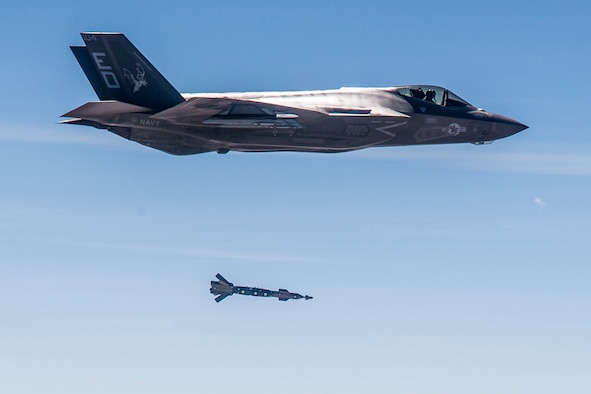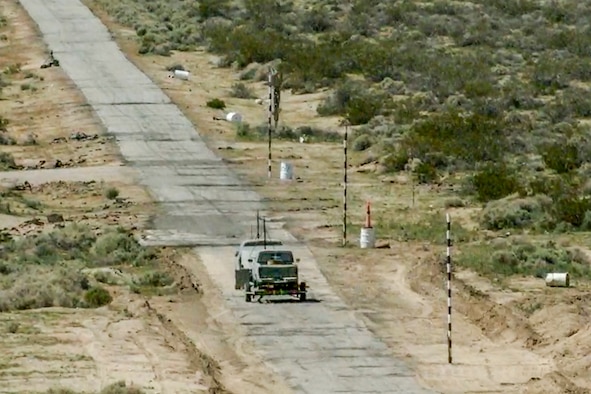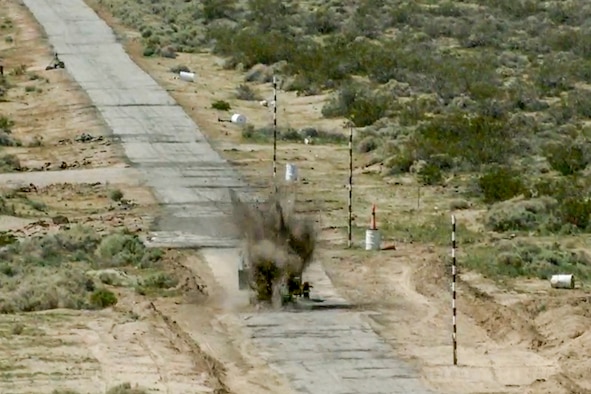German officials meet with Lockheed to talk F-35 at Paris Air Show
By:
June 23, 2017 (Photo Credit: Alan Lessig/Staff)
LE BOURGET, France — During the Paris Air Show this week, German government officials met with Lockheed Martin to talk about the F-35 Joint Strike Fighter, a source connected to the program told Defense News.
It is not uncommon for potential customers — including Germany — to engage with the defense industry on a number of platforms or technologies, nor does the meeting indicate a significant step forward in the process of selling the F-35 to Germany, the source said.
However, the air show marked the first time the German government and Lockheed had ever discussed the F-35 specifically, albeit in an unclassified setting, he said.
In May, Germany sent a written request to the U.S. military for a classified briefing on the F-35,
that month. No program of record has been approved by the German government, which intends to evaluate other fighter jets on the market to replace its fleet of fourth-generation Panavia Tornadoes. However, the apparent interest in the F-35 was somewhat surprising, given Germany’s participation in the Eurofighter Typhoon program built with the United Kingdom, Italy and Spain.
The U.S. Defense Department has agreed to support Germany’s request for a briefing, said F-35 Joint Program Office spokesman Joe DellaVedova, who was not aware whether the discussion would include classified data. Preparations for a meeting are moving forward, but a date has not yet been set.
In an interview with Defense News at the Paris Air Show, Orlando Carvalho, head of Lockheed’s aeronautics business, said the company is ready to support the U.S. government if it decides to press on with a classified briefing to Germany.
“We’ve seen the interest that the German Air Force has, but right now that’s in government-to-government channels in terms of their interest in getting a briefing,” he said. “As we always do, we’ll provide support to our government, to the JPO, if in fact they go forward with providing a briefing to Germany, but none of that has been worked out yet in terms of how that’s going to be done.”
If a classified briefing is authorized, Carvalho said the company hopes to hold more in-depth talks about the fifth-generation capabilities that differentiate the F-35 from fourth-generation fighter jets.
“It’s not just about the signature, it’s about the avionics capability, the mission-system capability, the surveillance capability, ISR, etc. It’s about the ability to communicate on board [and] off board with other platforms,” he said.
Lockheed has thus far secured orders from 11 countries for the F-35. Finland and Belgium are also potential European sales opportunities for the aircraft, Lockheed's F-35 program manager, Jeff Babione, said in a Monday briefing.










